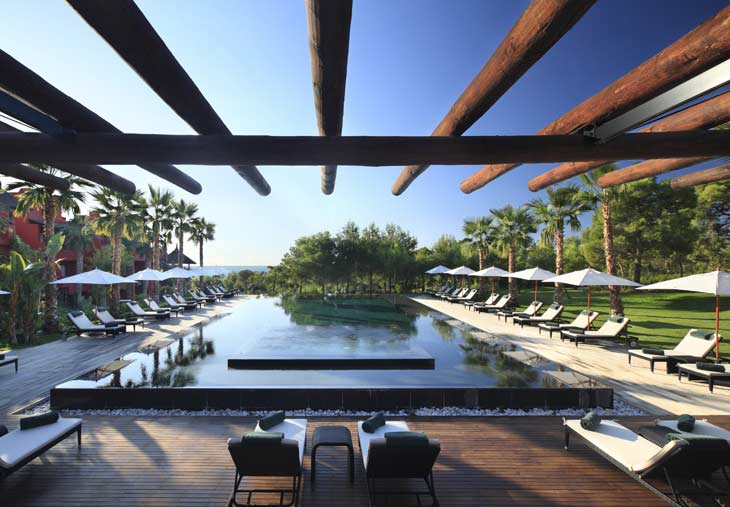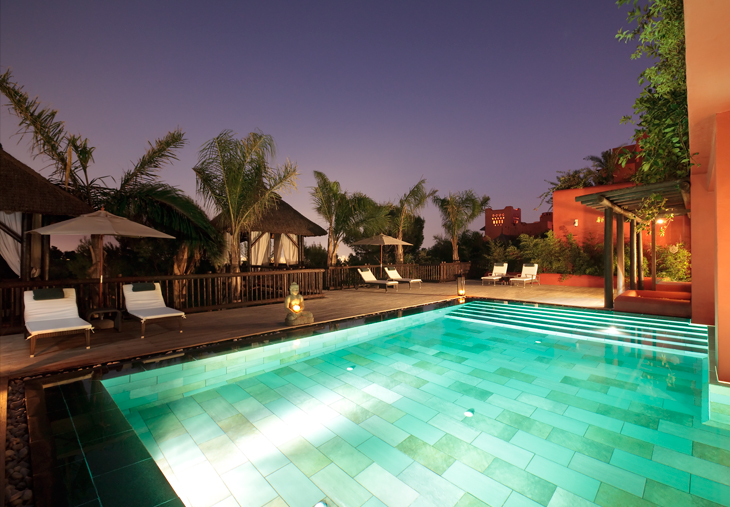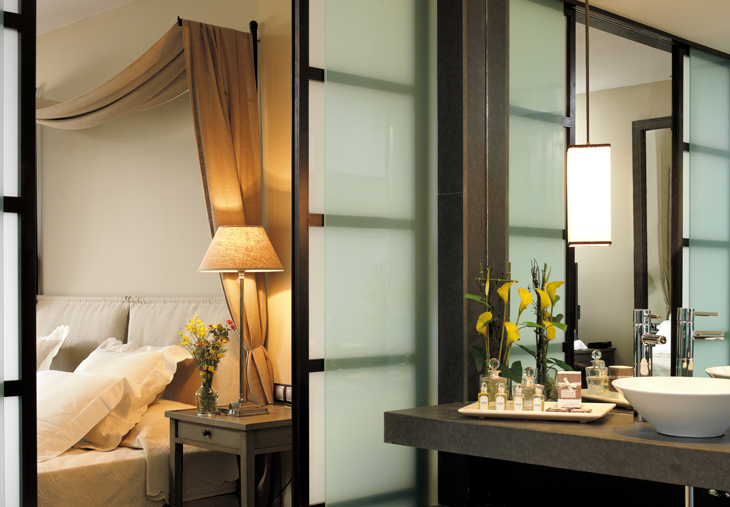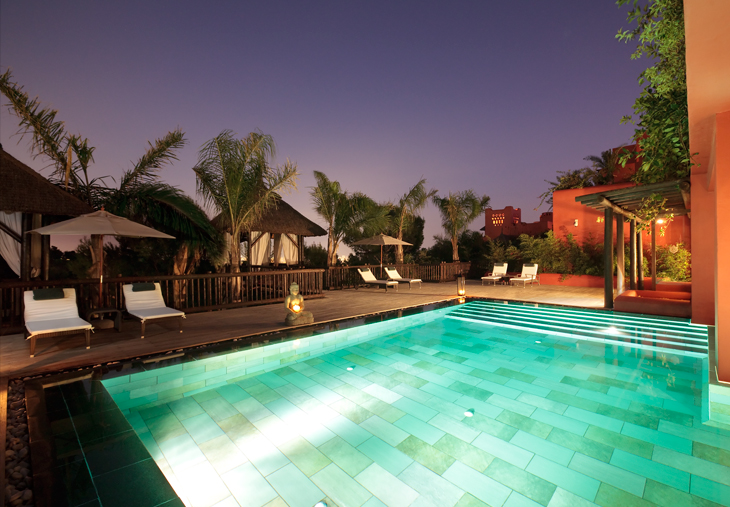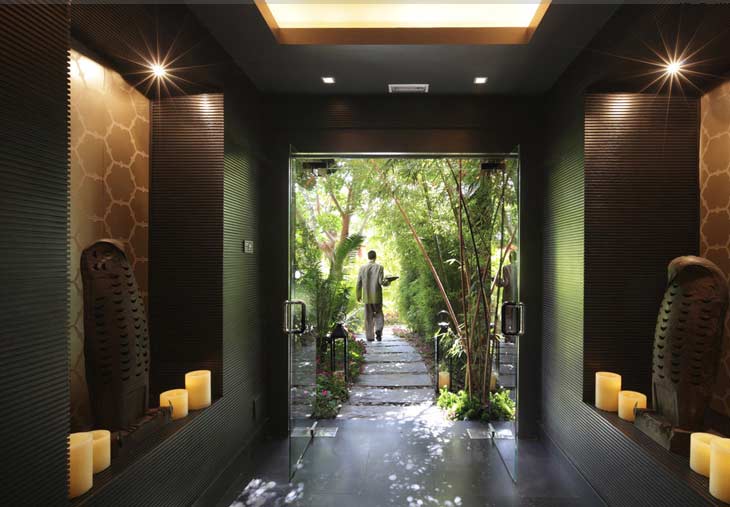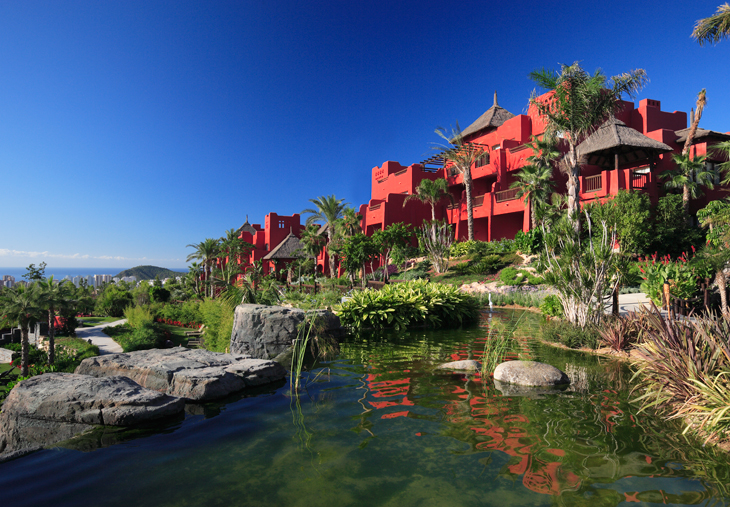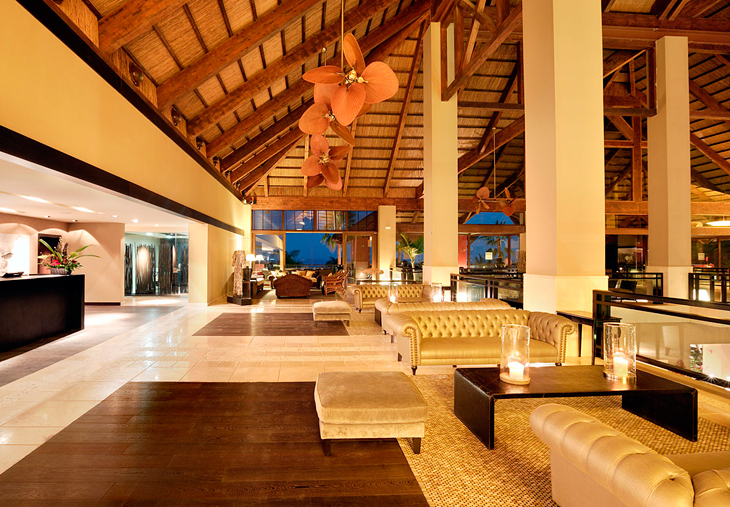At the Asia Gardens Hotel & Thai Spa we have reasons to celebrate. Tomorrow is the Chinese New Year, the year of the horse.
One of the main differences between Chinese and western cultures is the lunar calendar and horoscope.
2014 in China will, as off tomorrow (31st of January), mark the start of the year 4712, the year of the “Wooden Horse”.
Legend has it that Buddha summoned all animals before leaving his human shape in order to say goodbye to them, and it is said that only 12 showed up to say goodbye to him as a sign of gratitude. This is why the Chinese horoscope, consists of those twelve animals: a rat, an ox, a tiger, a hare, a dragon, a snake, a horse, a sheep, a monkey, a rooster, a dog and a wild boar or a pig.
In Chinese astrology, the horse represents victory, enthusiasm, independence, intelligence, creativity, optimism and strength.
The New Year is expected to bring movement, expansion, new ideas, new conquests and projects. The horse is an ally when moving forward, but you must be a good rider, and make sure not to stay still.
This year, it is advisable to think more and not to act on impulse, focus on your goals, wishes, dreams and utopias to make them come true and do not act hastily.
At the 5-star luxury resort Asia Gardens Hotel & Thai Spa, we also want your dreams to come true, that is the reason why we invite you to our luxury resort where you shall be able to relax, meditate and enjoy a pleasant stay in the perfect Asian spot. We await you.

